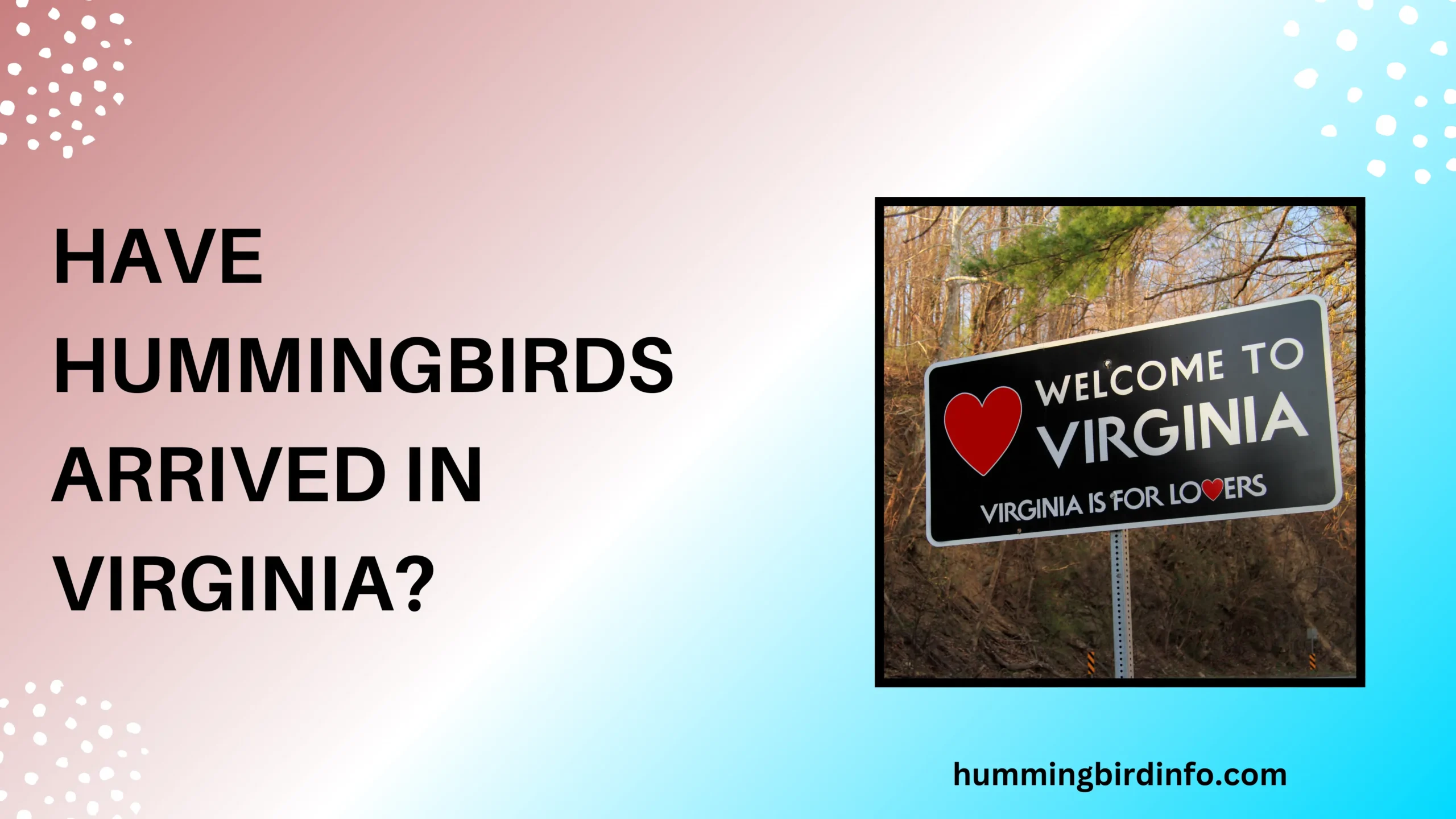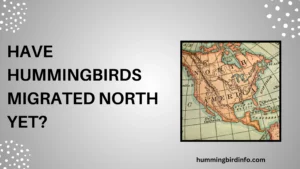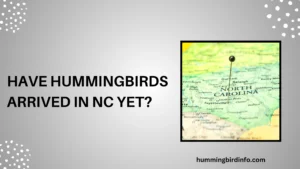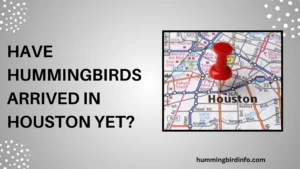There’s something truly magical about the arrival of hummingbirds. These tiny, iridescent birds, no bigger than a thumb, travel thousands of miles every year just to reach our backyards.
With their hovering flight, rapid wingbeats, and vibrant ruby-red throats, they seem more like a flash of nature’s imagination than real creatures.
For Virginians, the appearance of hummingbirds signals that spring has arrived. It’s a time when gardeners dust off feeders, flowers start to bloom, and nature-lovers eagerly scan the skies for that first glint of a shimmering bird.
Whether you’re in the coastal plains, the rolling hills, or the Blue Ridge Mountains, you’ve likely asked yourself: “Have the hummingbirds arrived yet?”
In this guide, we’ll explore everything you need to know—from when and where hummingbirds arrive in Virginia, to how you can attract them to your garden. We’ll also cover the migration journey, feeding tips, and the vital ecological role these birds play in Virginia’s ecosystems. Let’s dive in and welcome these tiny travelers home.
Contents
- 1 Timing the Arrival – Spring Migration in Virginia
- 2 The Ruby-throated Hummingbird – Virginia’s Primary Visitor
- 3 The Journey to Virginia – Migration Routes and Challenges
- 4 Creating a Hummingbird Haven – Attracting Them to Your Virginia Garden
- 5 Where to See Hummingbirds in Virginia
- 6 The Importance of Hummingbirds in Virginia’s Ecosystem
- 7 Conclusion
- 8 FAQs:
- 8.1 1. When do hummingbirds usually arrive in Virginia?
- 8.2 2. What species of hummingbirds are common in Virginia?
- 8.3 3. How can I attract hummingbirds to my garden in Virginia?
- 8.4 4. When should I put out hummingbird feeders in Virginia?
- 8.5 5. Do all parts of Virginia see hummingbirds at the same time?
- 8.6 6. Is it okay to leave feeders up in the fall?
Timing the Arrival – Spring Migration in Virginia
Hummingbirds typically arrive in Virginia from early to mid-spring, depending on location. In coastal areas, you may spot them in late March, while in mountainous regions, their arrival could be as late as mid-April to early May.
Virginia’s diverse geography plays a big role in arrival times. Birds tend to follow the blooming of nectar-producing flowers, which happens earlier in warmer areas and later at higher elevations.
To track their progress, use tools like Hummingbird Central and Journey North, which show real-time sighting maps. You can also contribute by reporting your own sightings to help others stay informed.
The Ruby-throated Hummingbird – Virginia’s Primary Visitor
The Ruby-throated Hummingbird is the most common and easily recognized species in Virginia. The males have a stunning iridescent red throat, while females have green backs and white underparts.
They prefer forest edges, meadows, and gardens, especially those with native flowering plants. You’ll often spot them darting between blooms or hovering at feeders.
These hummingbirds migrate from Central America and Mexico, often flying non-stop across the Gulf of Mexico—a journey over 500 miles that takes about 20 hours. Occasionally, Rufous Hummingbirds or others may pass through, but sightings are rare.
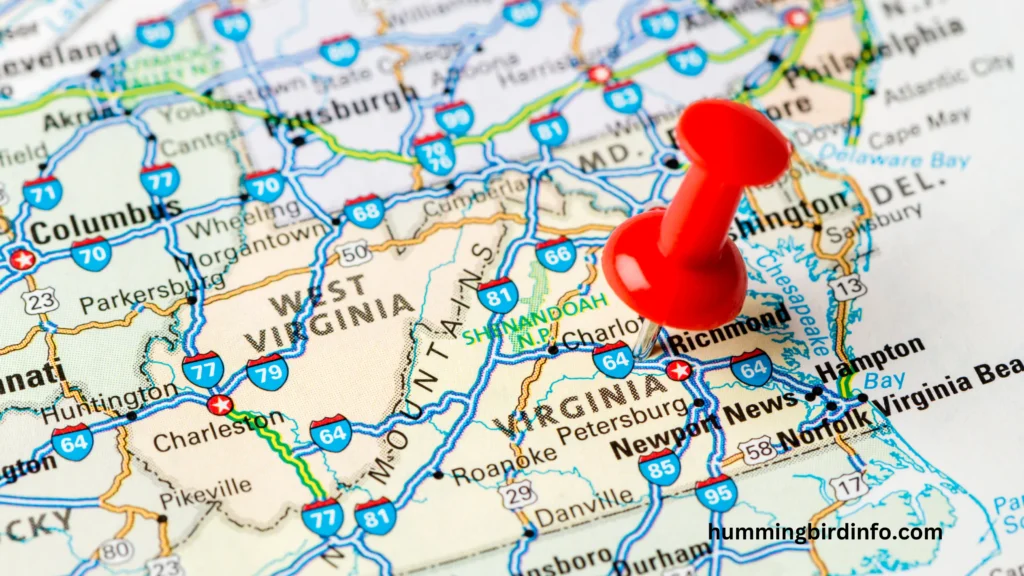
The Journey to Virginia – Migration Routes and Challenges
The northbound migration of hummingbirds follows major flyways, with Ruby-throateds entering the U.S. through Texas or Florida, then moving north through the eastern states.
This journey is full of dangers, including storms, predators, and lack of food or water along the way. Tiny as they are, these birds face enormous energy demands just to reach their breeding grounds.
Each bird builds up a fat reserve equal to about half its body weight to fuel the trip. It’s an extraordinary feat for such a small creature to survive such a gruelling migration year after year.
Creating a Hummingbird Haven – Attracting Them to Your Virginia Garden
Native plants are the best way to attract hummingbirds. Flowers like Trumpet Vine, Salvia, Cardinal Flower, Bee Balm, Honeysuckle, and Azaleas are rich in nectar and bloom during their stay.
Feeders offer an extra boost. Use a 1:4 sugar-water mix, never add red dye, and place feeders in a shaded, quiet area. Clean them every 2-3 days to prevent mold and bacteria growth.
Add a water feature like a mister or shallow birdbath and provide shelter with shrubs or trees. Avoid pesticides, which harm the insects hummingbirds eat and can poison the birds directly.
Where to See Hummingbirds in Virginia
Public spaces like Virginia State Parks, National Wildlife Refuges, and botanical gardens often have hummingbird habitats. Try spots like Sky Meadows, Mason Neck, or the Norfolk Botanical Garden.
Backyards are often just as good. If you have native plants, feeders, and a little patience, you’re likely to see them flit by on their search for food.
Bring binoculars and watch in the early morning or late afternoon when hummingbirds are most active. Stay still and enjoy their fascinating behavior up close.
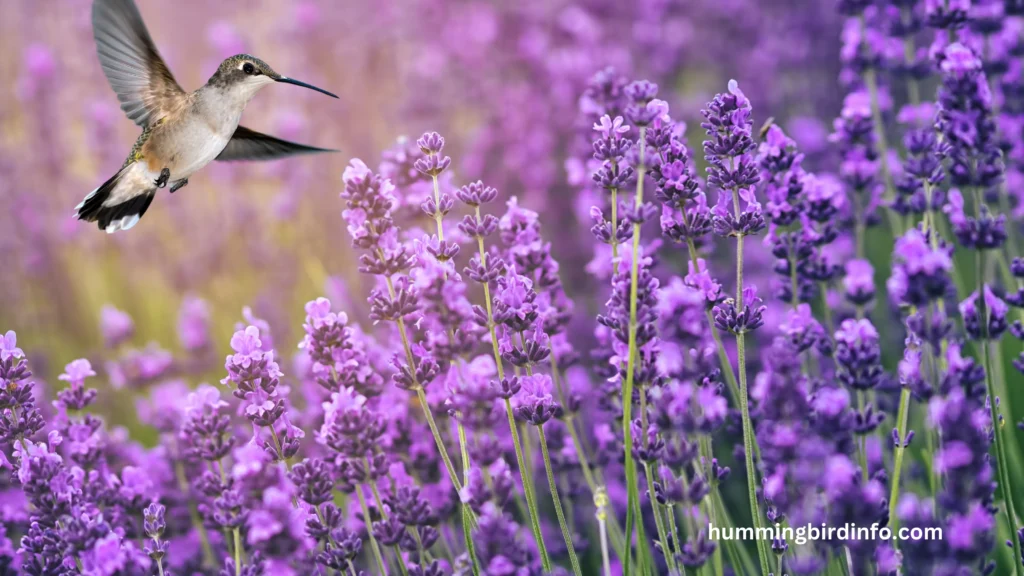
The Importance of Hummingbirds in Virginia’s Ecosystem
Hummingbirds are vital pollinators for many native plants, especially tubular flowers that other pollinators can’t access. Without them, these plants would struggle to reproduce.
They are also a part of the food chain, eating tiny insects and becoming prey for larger birds and snakes. This makes them essential to maintaining ecological balance.
By supporting hummingbirds, you help sustain biodiversity, encourage native plant growth, and contribute to a healthy environment in Virginia.
Conclusion
Hummingbirds have likely arrived in many parts of Virginia, especially along the coastal and central regions. As spring advances, their presence will spread into the mountains and higher elevations.
These incredible creatures are more than just a beautiful sight—they’re an essential part of Virginia’s natural heritage. By planting native flowers, maintaining feeders, and protecting their habitat, you help these tiny travelers thrive.
Whether you’re a seasoned birder or just setting up your first feeder, the return of hummingbirds is a reminder of nature’s resilience, rhythm, and wonders. Keep your eyes open—they may already be in your backyard.
FAQs:
1. When do hummingbirds usually arrive in Virginia?
Early arrivals can be seen in late March, especially in the coastal areas, with most birds appearing by mid-April.
2. What species of hummingbirds are common in Virginia?
The Ruby-throated Hummingbird is the most common species, though Rufous Hummingbirds are sometimes spotted during migration.
3. How can I attract hummingbirds to my garden in Virginia?
Plant native flowering plants, hang clean sugar-water feeders, avoid pesticides, and provide fresh water and shelter.
4. When should I put out hummingbird feeders in Virginia?
Put feeders out in mid-March to prepare for early arrivals and leave them up through the fall migration.
5. Do all parts of Virginia see hummingbirds at the same time?
No, coastal areas see them earlier, while mountain regions see them later due to temperature differences.
6. Is it okay to leave feeders up in the fall?
Yes! Keep them up for 2 weeks after your last sighting to help late migrators.

